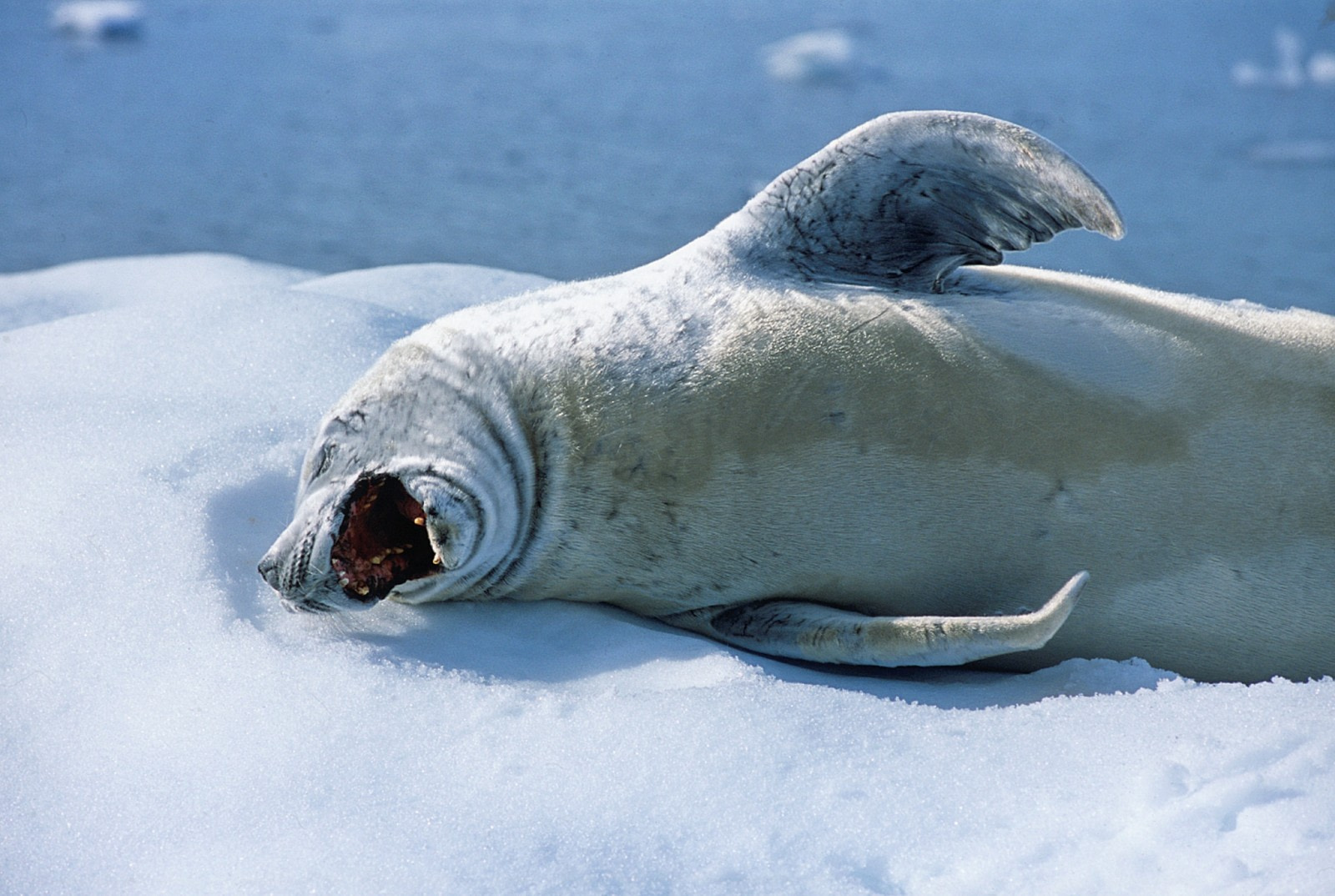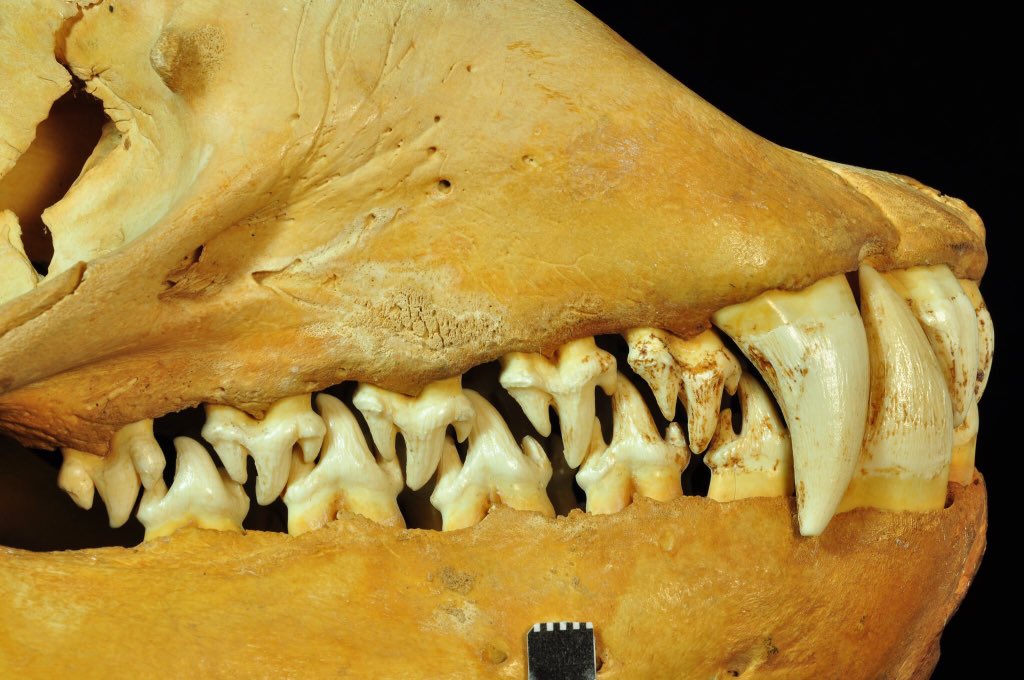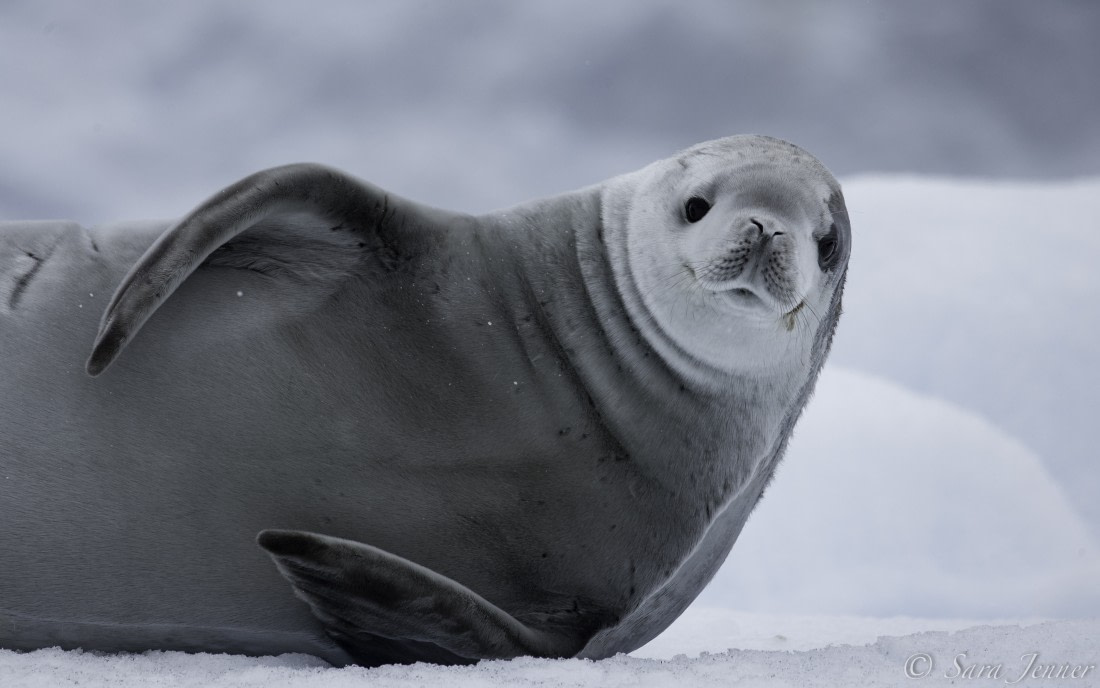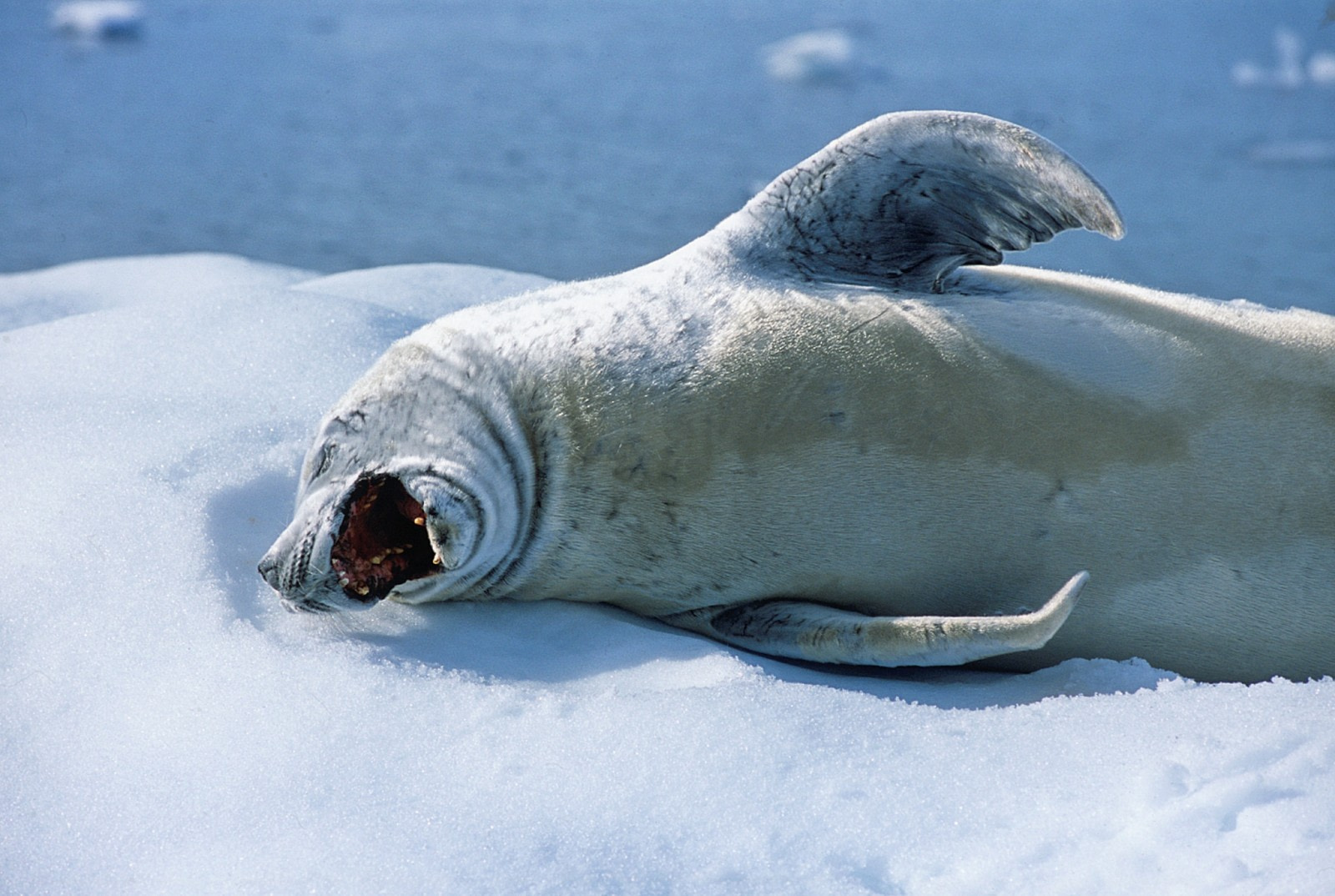Crabeater Seal Teeth - Teeth You Have Never Seen Before
Crabeater seal teeth are without a doubt some of the most unusual teeth you could possibly imagine. Not only are its teeth unique, but it also serves a very unique purpose.
Author:Maya ReyesReviewer:Sophia HarperJun 06, 202292.4K Shares1.3M Views

Crabeater seal teethare without a doubt some of the most unusual teeth you could possibly imagine. Not only are its teeth unique, but it also serves a very unique purpose.
Crabeater Seal Teeth Facts
This Antarctic seal possesses the most sophisticated teeth in the carnivorous world.
Crabeater seals (Lobodon carcinophaga) are the most abundant species of seal and can be found all the way around Antarctica on the pack ice. Despite its name, the crabeater seal does not consume crabs and instead feeds almost entirely on Antarctic krill.
Seals have complicated serrated teeth with numerous cusps to help them differentiate krill from seawater. Their scientific name Lobodon, which meaning lobed teeth, reflects the form of their teeth.
The name carcinophaga is derived from the Greek words "karkinos" (crab) and "phagein" (to devour). Seals feed by swimming through krill schools with their mouths open.
After trapping both krill and water in its mouth cavity, the seal locks its jaw and sieves the water out with its clever teeth. A bone ridge plugs the gap between the teeth and the back of the jaw, preventing prey from escaping while feeding.
Crabeater Seal Size
The abundance of crabeater seals is a testament to their extraordinary success in hunting Antarctic krill.
An adult crabeater seal can grow to be over 2 meters long and weigh over 200 kg, whereas giant seals can reach over 300 kg. Antarctic krill, the single species with the most biomass on the world, accounts for 90% of their diet.
Crabeater Seal Lifespan
Male and female adults are almost the same size, measuring 2.2-2.6m in length and weighing around 220kg, however females are somewhat larger.
Babies are born 1.2m long and weighing 30kg on average. Females and males reach sexual maturity at 2.5-6 years of age, with the exact age depending on food quantity.
Crabeater seals have been observed diving to depths of up to 430 meters for intervals of up to ten minutes. They can live to be almost 40 years old, but the typical lifespan is 20.
Interactions With Humans
Because crabeater seals only reside around Antarctica, their interactions with people are restricted. Furthermore, crabeater seals are regarded to be the most plentiful seal on the planet, hence they are not endangered.
They are listed on the International Union for Conservation of Nature's (IUCN) Red List of Threatened Species as a species of least concern.
However, commercial fisheries utilizing Antarctica's krill resources may have a deleterious impact on the crabeater seal. Also, if climate change has a detrimental impact on krill biomass in Antarctica, crabeater seal populations may decline.
People Also Ask
What Does A Crabeater Seal Eat?
Despite their name, these seals do not consume crabs; instead, they consume krill (Euphausia superba).
Their name comes from the German term 'Krebs,' which refers to both crabs and other crustaceans. These seals have a big population because krill is an abundant food resource.
What Is Special About A Crabeater Seal?
The highly specialized, lobed teeth of crabeater seals allow them to swim through swarms of krill and filter out the tiny crustaceans from seawater like a sieve.
Crabeater seals can consume vast amounts of krill on a daily basis thanks to their unique teeth.
What Does A Crabeater Seal Look Like?
The crabeater seal is a slender, streamlined seal with silvery gray to whitish fur and a long, slightly upturned snout.
Younger crabeater seals have small specks and webs of brown or dark gray over much of their dorsal side. Pups are grayish brown with very light scattered spots.
Conclusion
Crabeater seal teeth fascinates a lot of people. The crab-eating seals were discovered to be eating more fish than they required to survive. This is due to the fact that they consume not only the fish but also the eggs of their prey and other microscopic organisms in their stomachs.

Maya Reyes
Author
Maya Reyes’s wanderlust was sparked in the temples of Luang Prabang, where the scent of lemongrass and the chants of monks revealed the transformative power of travel.
Since then, her journey has been defined by cultural immersion and authentic connections. From learning batik in Indonesia to sharing meals with nomadic families in Mongolia, Maya seeks experiences that highlight the human stories behind each destination.
Travel for her is a way to weave her narrative into the world’s cultural tapestry, creating bridges across diverse ways of life. Maya has traveled to 15 countries and shares her insights through writing and storytelling.

Sophia Harper
Reviewer
Sophia Harper’s photography acts as a portal to the soul of the places she visits. Drawn to South America’s landscapes and cultures, she has spent years capturing everything from the majesty of ancient ruins to the vibrancy of urban streets.
Sophia’s work isn’t just about documenting moments; it’s about evoking the emotions and stories behind them. A dedicated photographer, she has worked with local communities across South America to capture their rich cultural narratives through her lens.
Latest Articles
Popular Articles


